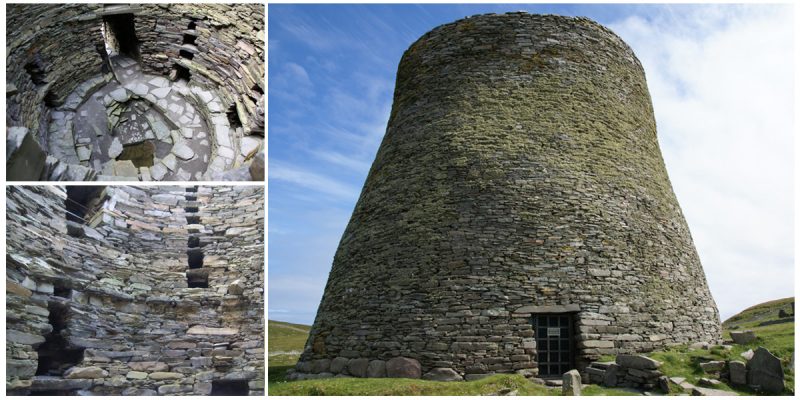The Broch of Mousa is the best surviving Iron Age broch or a round tower. Located on the island of Mousa in Shetland, Scotland, this structure is one of the best-preserved prehistoric buildings in Europe. Built from sandstone, nearly 2, 000 years ago, it stands 42 feet high, and its dry stone walls are 15 feet thick.
The Mousa Broch is one of the approximately 500 brochs that were built in Scotland in 100 BC. The tower’s massive construction is the only explanation for its survival.
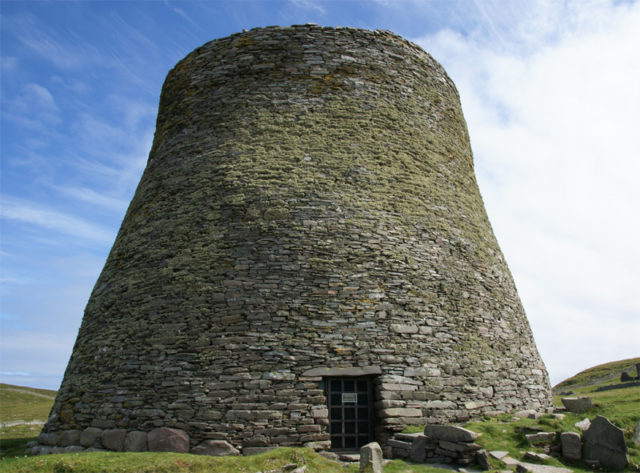
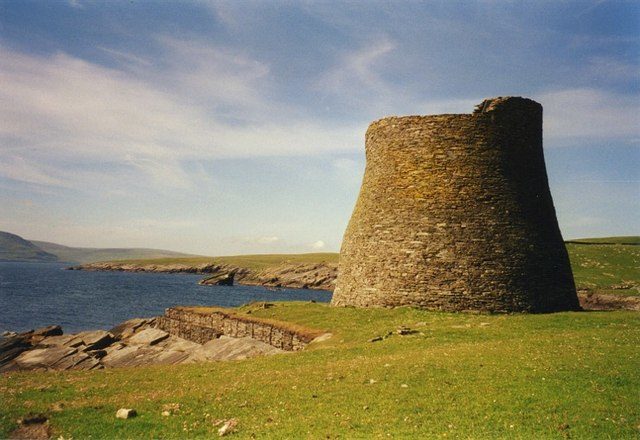
The entrance is at the ground level, and inside there is a staircase that goes all the way to the top. It has been moved many times from its original appearance, and today it is on the west side. The entrance passage is 16 feet long, and it has an original bar-hole. At the base of the inside wall, there is a low stone bench which was constructed when early alterations were made to the interior.
Originally, in the broch, there was a wooden roundhouse which rests on the scarcement ledges, and it is suggested that this wooden building existed at a later date and it was demolished to provide space for a wheelhouse. The scarcement ledges were 6 and 12 feet tall and were built to support the putative timber building.
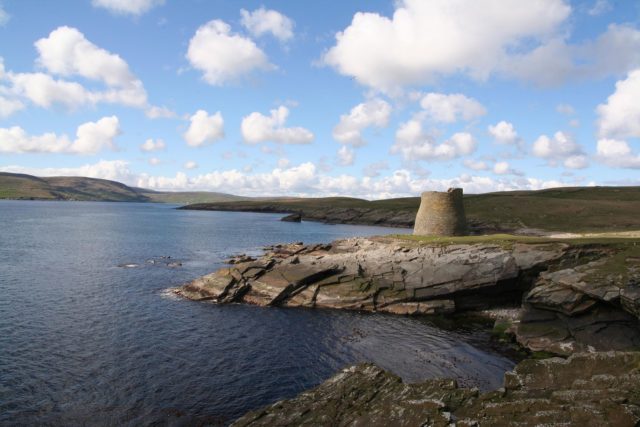
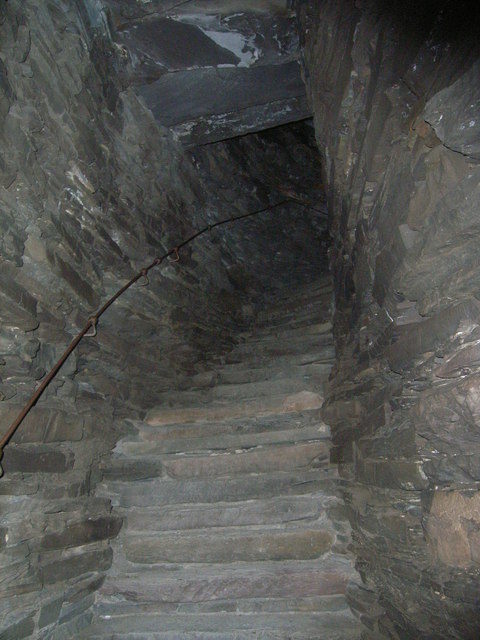
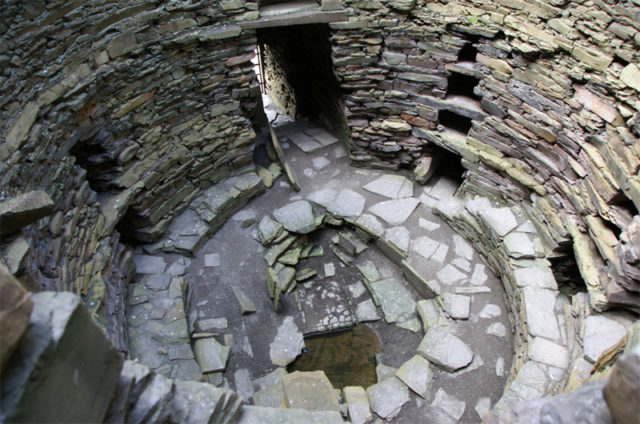
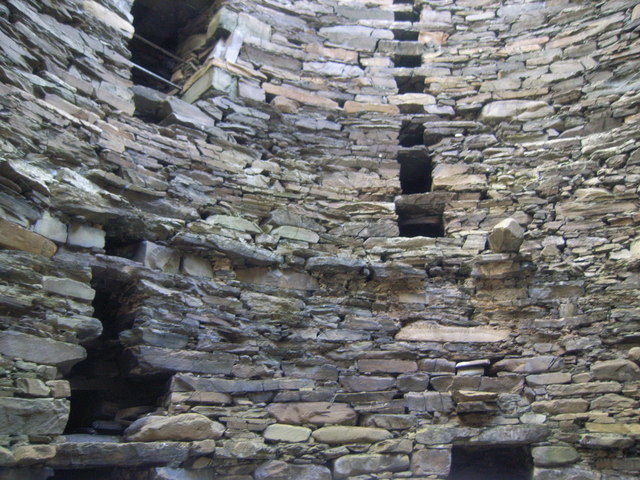
Within the walls of the ground floor, there are three large cells which can be entered via strips of wood, 2 feet above the floor level. Each cell has a large cupboard which is set into the wall’s thickness. Six galleries were formed above the solid base of the building, and they were used by the workers as an aid during the construction of the broch. The stair begins at the second level and is reached by a doorway from inside.
This round tower was mentioned twice in the Norse sagas. The first Saga, Egil’s Saga, tells of a couple that escaped to Iceland from Norway and after their ship had wrecked, they hid inside the broch. The second Saga, the Orkneyinga Saga, tells a story about the Earl Harald Maddadsson who sieged the broch in 1153 because his mother was abducted and held inside.
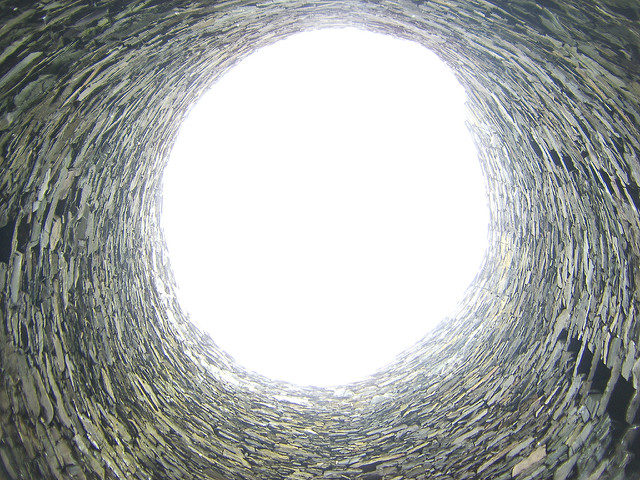
The first drawing of the broch was made by George Low in 1774 while he was visiting the country. The geologist Samuel Hibbert provided a detailed account of the site in 1818. In 1852 and 1866, the first accurate information about the broch was made by Sir Henry Dryden.
The tower was repaired in 1861, and some objects were found, like pots made of clay and stone. The broch was cleared few times, and from 1967 until 1980 it was rebuilt. Today, the site in managed by the Historic Environment of Scotland.
